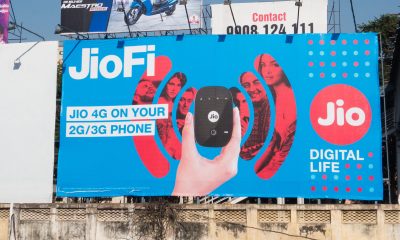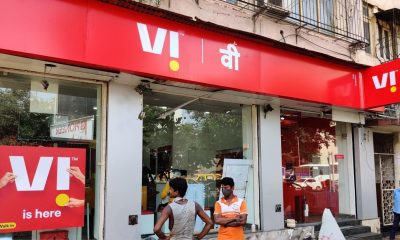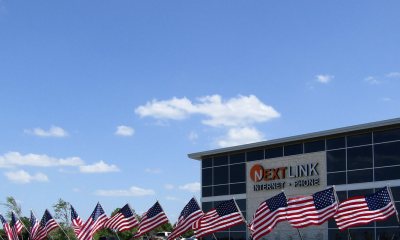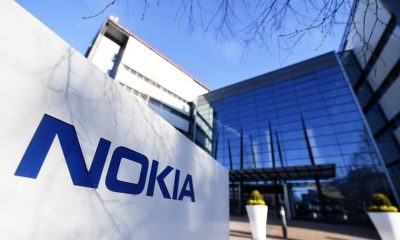4g
4G is expected to drive bulk of data traffic in 2018: Nokia

 NEW DELHI: Nokia’s annual Mobile Broadband Index study of mobile broadband performance in India shows that 4G emerged as the key driver of mobile data consumption in 2017, capturing 82% of mobile data traffic and growing 135% YoY with the rapid deployment of 4G networks and affordable devices. 3G grew data grew 286% in 2017, driven by an increased appetite for data consumption and better coverage.
NEW DELHI: Nokia’s annual Mobile Broadband Index study of mobile broadband performance in India shows that 4G emerged as the key driver of mobile data consumption in 2017, capturing 82% of mobile data traffic and growing 135% YoY with the rapid deployment of 4G networks and affordable devices. 3G grew data grew 286% in 2017, driven by an increased appetite for data consumption and better coverage.
According to the report, data consumption continued to be driven by video, which contributed 65% to 75% of total mobile data traffic. This was powered by the availability of Hindi and regional language content, as well as the proliferation of original OTT-only series. In 2017, Hindi and regional languages comprised more than 90% of popular videos watched online.
On average, an Indian subscriber consumed 7.4 GB of data per user per month on their mobile devices over mobile networks alone, placing India ahead of developed markets like the UK, South Korea and France. The average consumption over both Wi-Fi and mobile networks in India was 8.8 GB data per user per month, at par with other developed markets.
Indian telcos continued to rapidly expand 4G in 2017 and have narrowed the gap with 3G coverage in the country. The 4G network expansion was supported by the dramatic growth of LTE devices in the country, with 9 out of 10 smartphones shipped in 2017 supporting 4G. The LTE-capable device base grew to 218 million in 2017, with 74% being Voice over LTE (VoLTE) capable as well.
Service providers will need to take advantage of technologies such as 3-band carrier aggregation and 4×4 Multiple Input Multiple Output (MIMO) to transform their networks and sate the ever-increasing demand for data consumption without a glitch. The deployment of LTE-A/LTE-Pro and Cloud RAN will further enhance the customer experience.
Sanjay Malik, head of India Market, Nokia said: “The year 2017 saw telcos expand 4G networks, and this momentum is likely to continue. The drop in prices of devices, both smartphones and feature phones, is driving data consumption in the country. We believe that the next wave of growth in the Indian broadband market can come from the untapped base of feature phone users who will potentially move directly from 2G to 4G. As we mentioned in the last MBiT study, Indian telcos will need to explore innovative network technologies, like carrier aggregation and MIMO, to meet the growing data demand. These technologies will also help them prepare networks for the 5G and connected devices era.”
Other key trends expected in 2018:
As the adoption of 4G increases beyond Metros and Tier-1 cities, 4G is expected to drive the bulk of data traffic in 2018.
LTE-A / LTE-Pro and Cloud RAN could help Indian operators enhance the customer experience, reduce churn, increase market share and drive higher ARPU.
5G use cases like Massive Machine-type Communication (mMTC) can support the deployment of smart cities; ultra-reliable and low latency communication (uRLLC) can enable low latency healthcare and digital education.
Driven by operators investing in virtualized networks as part of their 4G rollout, the commercial launch of 5G in India is expected by 2020 in line with other developed markets.
4g
Vi enhances 4G network coverage for its customers in Maharashtra and Goa
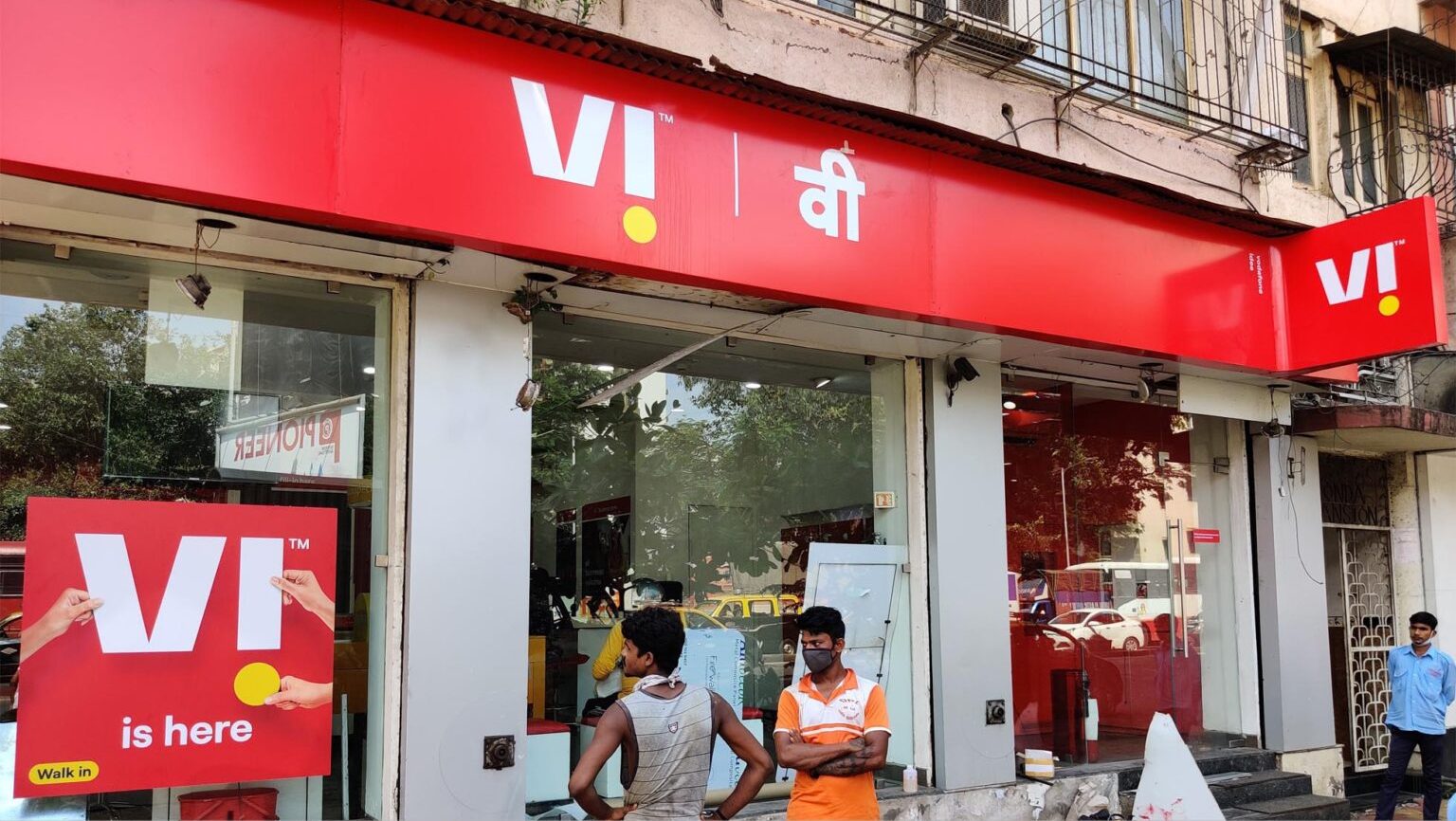
NEW DELHI: Leading telecom brand Vi, has enhanced its 4G experience in Maharashtra & Goa enabling its customers get a better network experience and faster speeds. Vi has till now deployed the highly efficient 900MHz spectrum on over 6430 sites as well as 1800 MHz band on over 16450 sites in Maharashtra & Goa, empowering 78 percent population in the two states to enjoy stronger network indoors while they work, study, socialize, access entertainment, ecommerce and other digital services.
In addition, Vi Customers in commercial/residential areas of Pune, Nagpur, Nashik, Aurangabad, Kolhapur, Solapur, Goa and other important towns are experiencing enhanced voice and data experience even indoors in high population pockets of these cities.
Rohit Tandon, Cluster Business Head- Maharashtra & Goa, Vodafone Idea, said “I would like to extend an invitation to pre-paid and post-paid mobile phone users in Maharashtra & Goa to enjoy a superior, upgraded 4G experience on the Vi network. We have undertaken multiple initiatives over the past year to widen our 4G coverage in the circle as well as strengthen indoor network coverage across cities. Vi customers can choose from a bouquet of choice plans that allow every member of the family to do more and get more on Vi’s 4G network. As we continue our endeavours toward 5G readiness, we remain committed to bring the best in technology, products and services to enable our customers get ahead in life.”
2g
India approves upgradation of 2G mobile sites to 4G at security sites in LWE areas
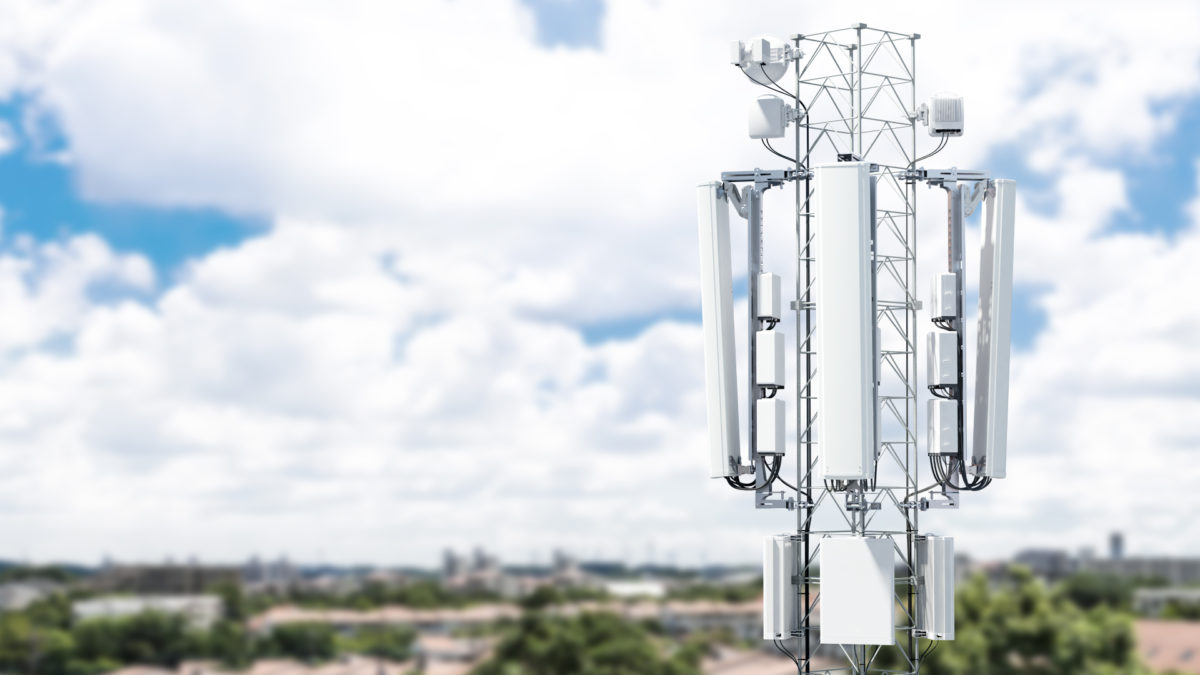
NEW DELHI: The Union Cabinet chaired by the Prime Minister Narendra Modi has approved a Universal Service Obligation Fund (USOF) project for upgrading 2G mobile services to 4G at security sites in Left Wing Extremism (LWE) areas
The Project envisages upgrading2,343 left Wing Extremism Phase-I sites from 2G to 4G mobile services at an estimated cost of Rs.1,884.59 crore (Excluding taxes and levies). This includes O&M for five years. However, BSNL will maintain the sites for another five years at its own cost. The work will be awarded to BSNL because these sites belong to BSNL.
The Cabinet also approved funding of operations and maintenance cost of LWE Phase-I 2G sites by BSNL for an extended period beyond the contractual period of five years at an estimated cost of Rs.541.80 crore. The extension will be up to 12 months from the date of approval by the Cabinet or commissioning of 4G sites, whichever is earlier.
Government chose BSNL for a prestigious project to indigenous 4G telecom equipment so as to achieve self-reliance in the telecom gear segment to fulfil domestic market needs apart from exporting to other markets. This 4G equipment will be deployed in this project also.
The upgradation will enable better internet and data services in these LSW areas. It meets the requirements of Ministry of Home Affairs and the state governments. It shall also fulfil the communication needs of the security personnel deployed in these areas. The proposal is in line with the goal of providing mobile connectivity in rural areas. In addition, delivery of various e-governance services, banking services, tele-medicine; tele-education etc. through mobile broadband shall be possible in these areas.
4g
Jio’s IAX and IEX projects to address region’s data revolution

NEW DELHI: Reliance Jio Infocomm Ltd. (Jio), India’s leading 4G and mobile broadband digital service provider, is constructing the largest international submarine cable system centered on India. Jio, in conjunction with several key global partners and world-class submarine cable supplier SubCom, is currently deploying two next generation cables to support the extraordinary growth in data demand across the region.
The India-Asia-Xpress (IAX) system connects India eastbound to Singapore and beyond, while the India-Europe-Xpress (IEX) system connects India westbound to the Middle East and Europe. The systems will seamlessly interconnect as well as connect to the world’s top interexchange points and content hubs for extension of service globally. IAX and IEX will enhance the ability for consumer and enterprise users to access content and cloud services in and out of India.
For the first time in the history of fiber optic submarine telecommunications, these systems place India at the center of the international network map, recognizing India’s increased importance, staggering growth, and the quantum shift in data use since the launch of Jio services in 2016.
These high capacity and high-speed systems will provide more than 200Tbps of capacity spanning over 16,000 kilometers. Employing open system technology and the latest wavelength switched RoADM/branching units ensures rapid upgrade deployment and the ultimate flexibility to add/drop waves across multiple locations.
“Jio is at the forefront of India’s explosive growth in digital services and data consumption. To meet the demands of Streaming Video, Remote Workforce, 5G, IoT, and beyond, Jio is taking a leadership role in the construction of the first of its kind, India-centric IAX and IEX subsea systems,” said Mathew Oommen, President, Reliance Jio.
“Implementing these critical initiatives in the shadow of a global pandemic is a challenge, but the ongoing pandemic has only accelerated the digital transformation and the necessity of high-performance global connectivity for the delivery of a richer experience to enterprises and consumers,” he added.
The IAX system connects India, the world’s fastest growing economy, to Asia Pacific markets with express connectivity from Mumbai and Chennai to Thailand, Malaysia, and Singapore. The IEX system extends India’s connectivity to Italy, landing in Savona, and additional landings in the Middle East and North Africa.
Apart from the seamless connection of the IAX and IEX sub-sea systems, the two systems are also connected to the Reliance Jio Global Fiber Network beyond Asia Pacific and Europe, connecting to both the east and west coast of the USA. IAX is expected to be ready for service mid-2023, while IEX will be ready for service in early 2024.





